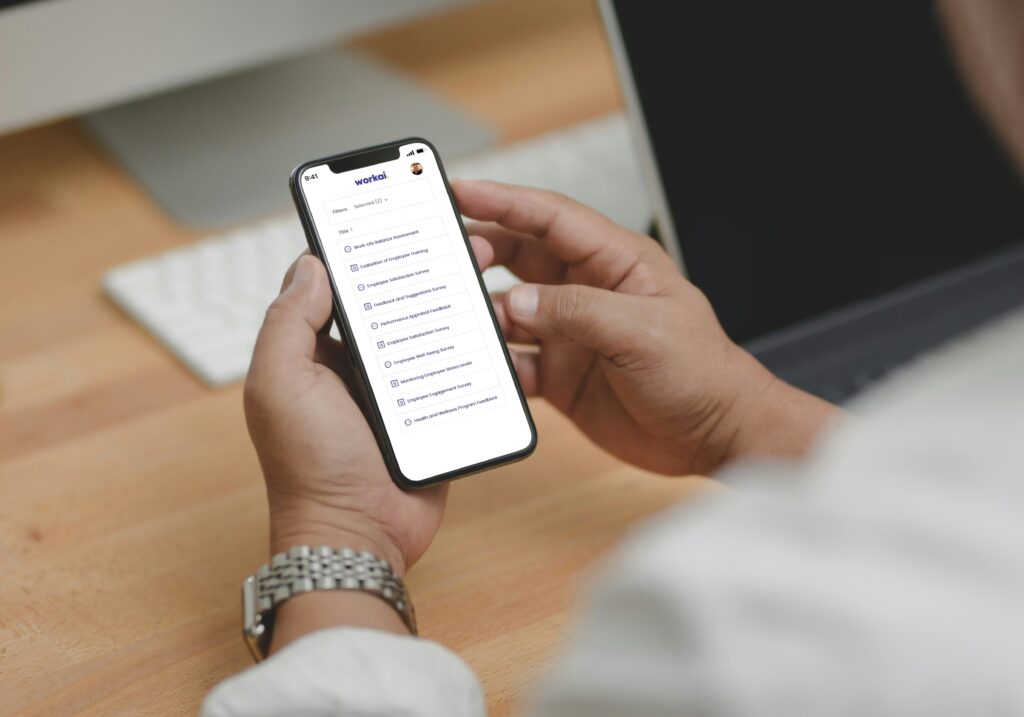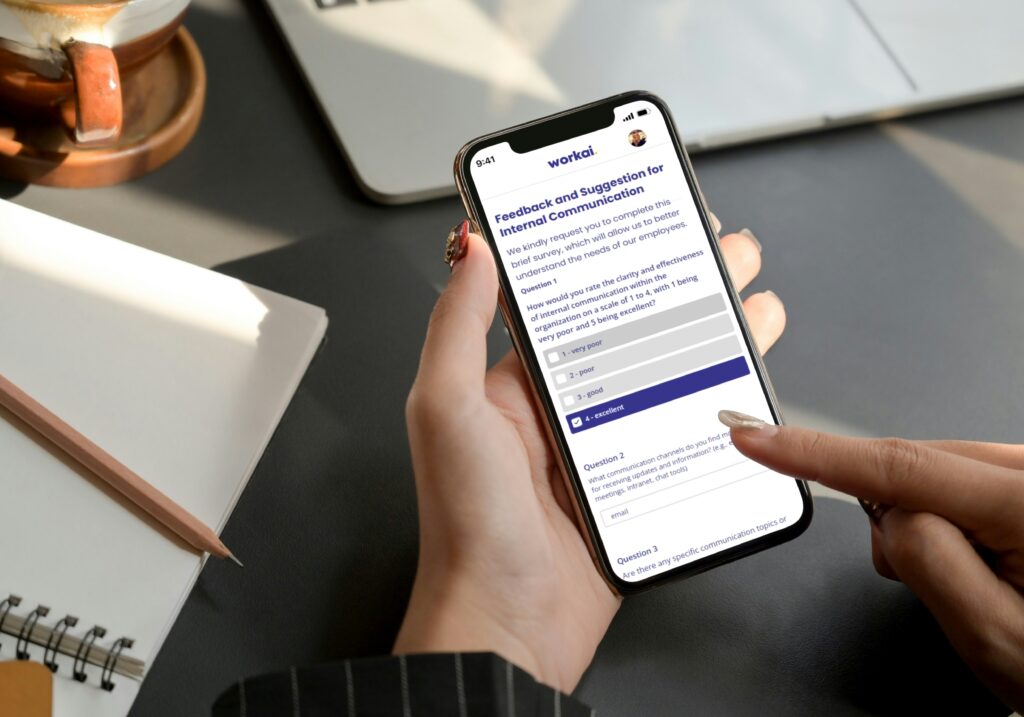
3 steps to effective employee performance evaluation
Employee performance evaluation is a crucial aspect of managing and developing a productive workforce. Effective performance evaluations provide valuable feedback, help in career development, and align individual goals with organizational objectives. This article will explore key strategies and tools for conducting comprehensive employee performance evaluations.

Types of employee performance evaluations
To better understand the various methods for evaluating employee performance, let’s explore the different types of employee evaluation that organizations can use to assess and enhance their workforce’s effectiveness:
Annual comprehensive reviews
Annual comprehensive reviews are thorough evaluations that assess an employee’s performance over the entire year. They cover various aspects such as job knowledge, quality of work, and contributions to the team. These reviews help in setting goals and expectations for the upcoming year and provide a structured opportunity for both the employee and the manager to discuss performance, achievements, and areas for development.
Annual comprehensive reviews are designed to be a holistic assessment of an employee’s performance. They typically involve a combination of self-assessment, manager evaluation, and sometimes peer feedback. These reviews are essential for understanding an employee’s overall contributions, identifying strengths and weaknesses, and planning for future development.
Example: A company conducts a detailed performance review at the end of the year, discussing achievements, areas for improvement, and setting new objectives. During this review, the manager and the employee go over the projects completed throughout the year, assess the quality of work, and evaluate the impact on the team’s goals.
Sample questions you may ask are: “What were your key achievements this year?”, “In which areas do you feel you need more support or training?”, “How have you contributed to the team’s success?”, or “What goals would you like to set for the upcoming year?”

Quarterly or monthly check-ins
Regular check-ins allow for continuous feedback and adjustments throughout the year. These evaluations are less formal and focus on short-term goals and immediate issues. By maintaining consistent communication, managers can address any concerns promptly and ensure that employees remain aligned with organizational objectives.
Quarterly or monthly check-ins are essential for fostering a supportive and responsive work environment. These meetings provide an opportunity for managers to give real-time feedback, recognize accomplishments, and make necessary adjustments to goals and expectations. This ongoing dialogue helps to build trust and keeps employees engaged and motivated.
Example: Managers hold monthly one-on-one meetings to discuss current projects, provide feedback, and adjust goals as needed. These sessions are used to review progress, address any roadblocks, and set short-term objectives that align with the broader annual goals.
Sample questions you may ask are: “What are your current priorities?”, “Are there any obstacles you’re facing?”, “How can I support you better?”, or “What short-term goals should we set for the next month?”

360-degree feedback
The 360-degree feedback is another method of employee performance evaluation. It gathers feedback from multiple sources, including peers, subordinates, and supervisors, to provide a well-rounded view of an employee’s performance. This comprehensive approach ensures that the evaluation covers various perspectives, offering a more balanced and in-depth understanding of an employee’s strengths and areas for improvement.
360-degree feedback is particularly valuable because it captures insights from different viewpoints within the organization. It helps identify how an employee is perceived by colleagues at all levels, providing a clearer picture of their interpersonal skills, leadership qualities, and overall contribution to the team.
Example: An employee receives feedback from their manager, coworkers, and direct reports, which is then compiled to give a comprehensive performance overview. This collected feedback is analyzed to identify common themes and specific areas for development, ensuring the employee receives constructive and actionable insights.
Sample questions you may ask are: “How effectively does this employee collaborate with team members?”, “In what ways does this employee demonstrate leadership?”, “How does this employee handle feedback and criticism?”, or “What are this employee’s strengths and areas for improvement?”

Self-assessments
Encouraging employees to evaluate their own performance can provide insights into their self-perception and areas where they feel they need support. Self-assessments promote self-reflection and personal accountability, enabling employees to identify their achievements and areas for growth. This process helps employees take an active role in their professional development and aligns their self-identified goals with organizational objectives.
Self-assessments are valuable because they encourage employees to think critically about their performance, recognize their strengths, and acknowledge areas where they may need additional support or training. This method fosters a growth mindset and helps create a culture of continuous improvement.
Sample questions you may ask are: “What accomplishments are you most proud of this year?”, “What challenges did you face, and how did you overcome them?”, “In which areas do you feel you need more development or support?”, or “What are your professional goals for the upcoming year?”

Project-based reviews
Employee performance evaluation conducted at the end of specific projects or milestones focus on the employee’s contributions to the project’s success and teamwork. These reviews provide a timely assessment of an employee’s performance within the context of a particular project, highlighting their role, collaboration skills, and the impact of their efforts on the overall project outcome.
Project-based reviews are particularly effective for identifying strengths and areas for improvement in real-time, as they are closely tied to recent work. This approach helps ensure that feedback is relevant and actionable, and it supports continuous development by addressing performance in the context of specific tasks and goals.
Example: Employees complete a self-assessment form prior to their annual review, reflecting on their achievements and areas for growth. During the review, these self-assessments are discussed with managers to align perceptions and develop tailored development plans.
Example: After the completion of a major project, team members are evaluated on their specific roles and overall impact on the project’s success. These evaluations consider factors such as individual contributions, teamwork, problem-solving abilities, and adherence to deadlines.
Sample questions you may ask are: “What were your key contributions to this project?”, “How effectively did you collaborate with other team members?”, “What challenges did you face during the project, and how did you address them?”, or “What could be improved in future projects to enhance team performance and outcomes?”

Key components of effective performance evaluations
Effective employee performance evaluations are built on several key components that ensure they are fair, comprehensive, and constructive. Here are the essential elements to consider:
Clear objectives and criteria: Clearly define what is being evaluated and the criteria for assessment. This ensures transparency and helps employees understand what is expected of them.
Regular feedback: Providing continuous feedback helps employees improve and stay aligned with organizational goals. This can be done through formal check-ins or informal conversations.
Employee involvement: Involving employees in the evaluation process, such as through self-assessments or goal-setting discussions, can increase their engagement and commitment to development plans.
Use of technology: Leveraging performance management software can streamline the evaluation process, provide analytics, and track progress over time.
Example: Platforms like Workai provide tools to manage performance evaluations, track goals, and analyze feedback efficiently.

Implementing effective performance evaluations
Implementing effective performance evaluations involves a strategic approach to ensure that they are productive and beneficial for both employees and the organization. Here are some key steps:
Define the purpose: Clearly state the purpose of the evaluation. Whether it’s for annual reviews, project feedback, or development planning, clarity helps set the tone and expectations.
Tailor questions appropriately: Customize evaluation questions to fit the specific roles and responsibilities of employees. This ensures relevance and accuracy in the feedback collected.
Encourage honest feedback: Create a safe environment where employees feel comfortable providing and receiving honest feedback. This can be achieved through anonymous surveys or open discussions.
Follow-up and action plans: Post-evaluation, develop actionable steps and follow-up plans to address the feedback provided. Regularly check on progress to ensure continuous improvement.
Conclusion
Effective employee performance evaluations are essential for fostering a productive and motivated workforce. By implementing regular feedback mechanisms, involving employees in the process, and leveraging technology, organizations can ensure that evaluations are comprehensive and actionable. Regularly assessing and acting on feedback not only improves individual performance but also aligns employees with the organization’s goals.
Remember, the key to successful performance evaluations lies in continuous improvement and adapting strategies to meet the evolving needs of your workforce. For more detailed guidance, be sure to download our guide on employee engagement surveys.
